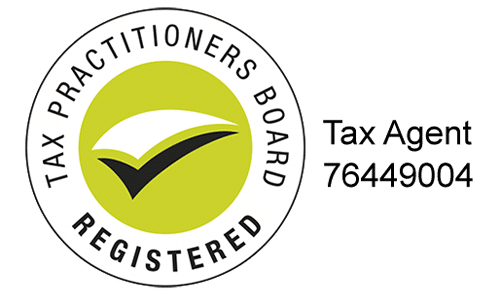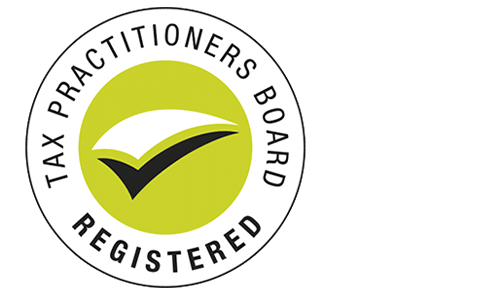As a small to medium business owner you’d have experienced at some point the overwhelming need to be present or available whenever the business required you. This in turn would leave you with less time for yourself and to give up other things that are important to you, including family and friends.
There are people out there who instead of running a business have their business is running them. They might have the ideology that if they just keep working harder there will be a way out. Sadly, regardless of how much harder they may work, they only seem to dig a deeper hole.

There’s no quick fix to this but the implementation of proper systemization within the business helps. Personal effectiveness can only go so far and at some point, if there’s only one person doing it all, they’re going to run out of time.
Transform your business into a big collection of structured, documented, repeatable processes, which are defined and executed according to a series of checklists, flowcharts and process maps and supporting, clarifying documentation. There is no right or wrong time to start as waiting until things are perfect may never come, so just start wherever you are ready.
There are many steps you could take to create a system. Here are ten basic steps to creating a complete system you should consider and the kind on which your business can depend:
1) Define the purpose of the system, and if it doesn’t have a purpose, why do it? Think about it thoroughly as to the intention behind the system. Do not skip this step.
2) Figure out the steps involved to get you there.
3) Build the checklists or, if you’re using them, worksheets.
4) Graphically illustrate the system using flowcharts or process maps
5) Add any kind of clarifications to make the checklist and the graphical representations crystal clear and unambiguous.
6) Include any tools to operate the system, such as worksheets or scripts.
7) Create metrics for the system, so that you can measure its progress and make it better over time.
8) Test it to make sure it gives you the right results.
9) Train people how to use it. Don’t assume they will know how to do it flawlessly from inception as there will be a learning curve involved and they may identify some inefficiencies with the system that need addressing.
10) Over the course of time, improve the system and make it better.
If you have any questions about making improvements to your systems feel free to ask a question or make a comment!
Adam Kitching – Accountant







